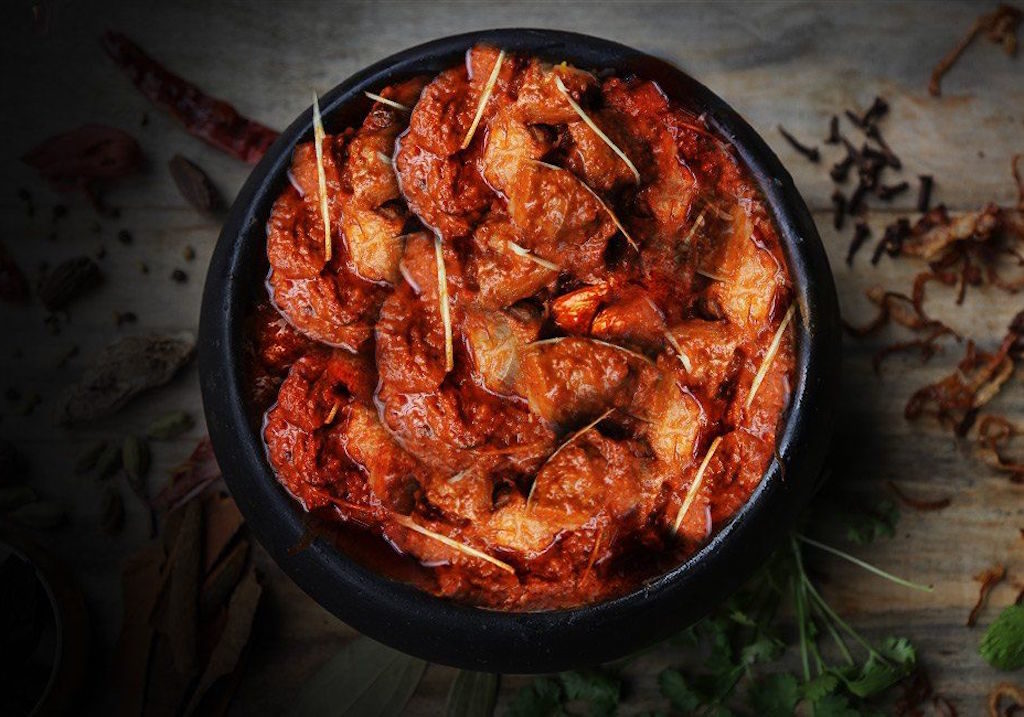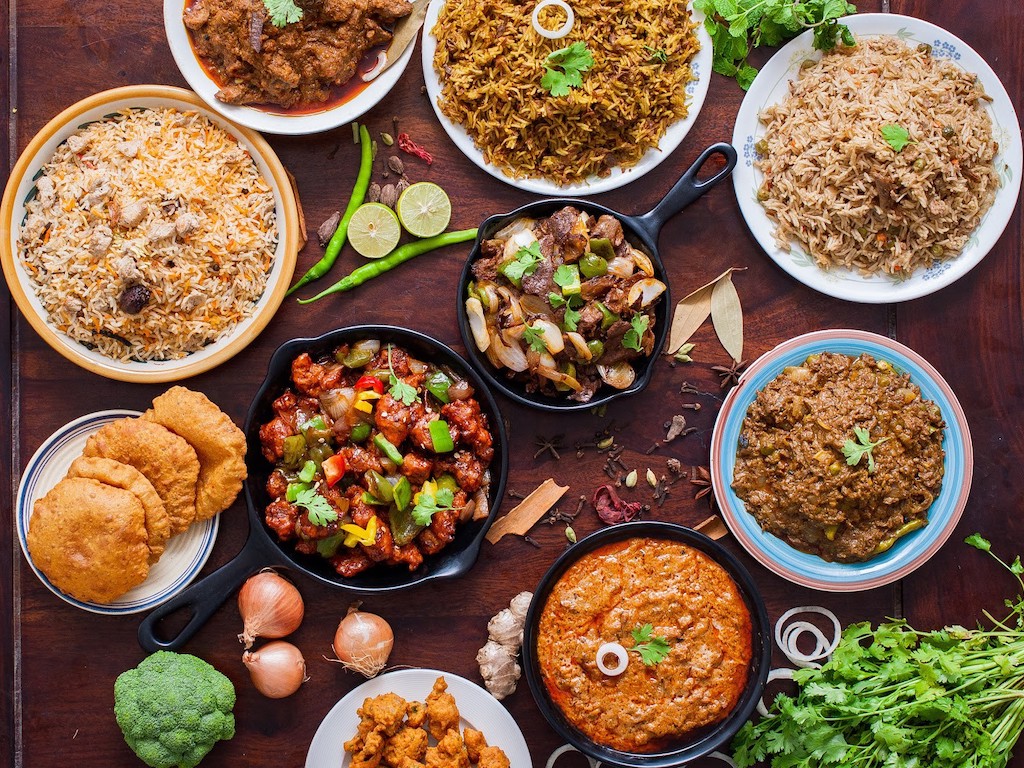6 Mins Read
India will become the most populous country, the largest economy and experience the greatest rise in meat consumption. We need to think more about how India will eat meat in the next 30 years and what that means for the global food system and our environment.
I recently completed an internship at GoodDot, India’s largest plant-based meat company. I set out for this summer hoping to learn more about startups reducing the environmental impact of protein production. Before traveling to Udaipur, India, where GoodDot is based, I spent May and June interning for Solar Foods in Helsinki, Finland.
When I told friends and family about my plans, I heard a similar response: “But isn’t basically everyone in India vegetarian anyway?”
This is a major misconception a lot of Americans, and perhaps Europeans, hold about Indians. The majority of Indians eat meat. In fact, about 71 percent of Indians older than 15 when polled reported that they are not vegetarian. This varies significantly by region. I am writing this from the state of Rajasthan, GoodDot’s home, where almost 75 percent of inhabitants are vegetarian. Meanwhile, people living in West Bengal, for example, are about 99 percent non-vegetarian.
Indian Meat Consumption Trends
71 percent of Indian’s eating meat is shocking if you thought practically everyone was vegetarian. But if you break it down, this stat tells a slightly different story. At present, Indians eat very little meat, especially compared to the average American consumer. The World Resource Institute reported that in 2006 Indians ate an average of 184kcal/day from livestock whereas Canadians and Americans ate 907.
When Indians do eat meat, they mostly eat chicken. Chicken has the lowest environmental footprint of mainstream meat options, but the poultry industry is growing and industrializing rapidly. It is estimated that Indian consumption of processed chicken is increasing 15 to 20 percent annually.
Mutton is another popular option, which has a similar environmental footprint to beef. India is 80 percent Hindu, and eating beef is off-limits per Hindu beliefs, for cows are considered holy.
From my experiences, eating beef seems pretty removed from the culture even if you aren’t Hindu. You can’t even order dishes with beef at most places. I traveled to a few cities while here, and I don’t recall seeing beef on a single menu. The data on Indians who do eat beef also is pretty unclear. National polls show about 7 percent, but others estimate it is actually about 15 percent due to people underreporting.
Side note: I recently watched this short Vox doc about the rise of India’s cow vigilantes. After learning about this, I understand why some beef-eaters keep a low-profile.
But what’s important to note: meat eating trends are changing fast.
Plant-Based Meat In India
By 2027, India is expected to be the world’s most populous country, surpassing China. The predicted population is about 1.5 billion. This population growth paired with economic development will position India’s GDP as the largest in the world. So, even slight rises in meat consumption will have major consequences for the environment and food system.
Over the next 30 years, India will experience the largest percent increase in meat consumption of any region in the world.
I’ve heard more than one Indian here say “Most Indians eat meat but are vegetarians at heart.”
So, are Indians ready to embrace plant-based meat?
There isn’t a lot of data on this.
A Survey of Consumer Perceptions of Plant-Based and Clean Meat in the USA, India, and China conducted by The Good Institute, the University of Bath, and the Center for Long Term priorities, found that 63 percent of Indian consumers reported that they were very or extremely likely to purchase plant-based meat and 32 percent said they were somewhat or moderately likely. The survey notes that the Indian participants were disproportionately urban, high-income, and well-educated. This sounds really promising, but it isn’t that simple.
I chatted to a few young people here, and my general impression is that many who were raised vegetarian are now trying meat for the first time whereas there isn’t a comparable shift to vegetarianism.
The Communication Problem
Based on my experiences, it seems that Indian alternative protein startups like GoodDot face a series of communication challenges.
I recently watched an episode of Sex and Love Around the World on Netflix about India, and a quote that stuck out to me was something like “everything you say about India is probably true, but the opposite is likely true too.”
These are takeaways from conversations I’ve had with folks at GoodDot and other Indians I met during my time here.
1. Explaining Plant-Based Meat
While you can buy “soya chunks” from some grocery stores and restaurants, the most popular vegetarian alternative is paneer (cheese). The way paneer is prepared in many dishes here often gives it a taste and texture similar to tofu. Most Indians are unfamiliar with the concept of plant-based meat, and the term “meat “ may actually confuse consumers. I don’t say this to validate any of the nonsense that the American meat industry and lawmakers are trying to generate about consumers not understanding plant-based meat and dairy in the American food market.
2. Winning Over Meat-Eaters
Plant-based meat isn’t a mega-trend in India like it is in the U.S. (yet). So alt-protein needs to take innovative approaches to catch the attention of meat-eating Indians. There doesn’t seem to be great info on what messaging resonates most with Indian consumers, but my best guesses are novelty, health, environment, and animal rights (but only if the cost and taste are on par with animal meat).
3. Not Scaring Away Committed Vegetarians
Many Indians who are vegetarians are life-long vegetarians AKA they’ve never tried meat and don’t really want to. As a result, a product claiming to imitate meat and that even has the word meat in it can be a turn-off. This may not ultimately matter in the scheme of saving the world since these consumers already have a small footprint. But, if they are making the switch from paneer to plant-based meat, which they likely would be, that would make a serious dent in the environmental impact of the dairy industry.
4. Explaining Veganism
This is a bit more specific to my experience at GoodDot because all GoodDot products are vegan and that is a central part of their mission. Even though vegetarianism is a major part of Indian culture, veganism is not whatsoever. Only a small fraction of Indians are vegan, and most dishes I ate had ghee or cream in them. Even though vegan products are vegetarian, it can confuse consumers here to lead with veganism in a culture where the concept of vegetarianism is so well-known.

Indian Protein Landscape Needs To Change Fast
In the meantime, we also need more data on Indian animal product consumption- something on which the very cool team at the Good Food Institute is focused. I was able to visit them in Mumbai and learn about the projects they’re doing to gain a better understanding of the Indian consumer.
When I look at the trends for meat consumption, I kinda freak out. If you’re reading this post, you probably know that eating meat from animals is an incredibly inefficient use of resources. If we don’t act now to make alternative protein widely available and appealing in India, what are things going to look like in 2050?
Already, 21 Indian cities are expected to run out of groundwater by 2020, and 600 million Indians face acute water shortage. In a world where water is running out and a growing population needs to eat, why would we waste such obscene amounts of resources on producing meat from animals?
A version of this article was previously published on Medium.
Lead image courtesy of GoodDot.




